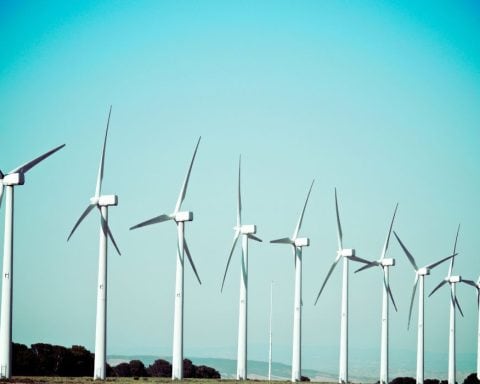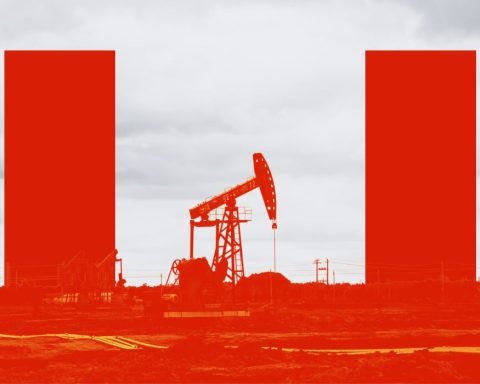After bombs started to rain down on Ukrainian cities in late February, the European Union – which gets 40% of its gas from Russia – quickly laid out a plan to cut its Russian fuel consumption by two-thirds within a year. The move came shortly after the Paris-based International Energy Agency (IEA) issued these 10 steps the EU can take to end its reliance on Russian gas.
1. No new contracts. Many natural gas contracts between Europe and Gazprom – a Russian state-owned gas company – are set to expire by the end of the decade. This sounds like an opportunity.
2. Find new sources. While it would be ideal if the EU could transition entirely off natural gas immediately, that isn’t realistic. In the meantime, Europe could import more gas from other producers such as Azerbaijan and Norway. The EU’s plan calls for diversifying its gas supplies by increasing liquefied natural gas and pipeline imports.
3. Impose minimum gas storage requirements. The European Commission is considering a requirement that countries fill their underground gas reserves to a minimum level every fall to secure supply and avoid the kinds of energy price surges we’ve seen recently.
4. Accelerate the green transition. To speed up Europe’s shift away from fossil fuels, the IEA suggests that fast-tracking permits for solar and wind projects could add 20 terawatt hours to the grid over the next year. The agency also recommended a €3-billion grant program that would cover 20% of the costs of installing solar panels on homes and contribute an additional 15 terawatt hours.
5. Maximize other low-carbon sources. The IEA is suggesting that European countries ramp up the production of bioenergy plants (that burn fuels derived from food waste, trees and other organic matter) and delay the closing of their nuclear facilities. The EU’s plan calls for increased production and imports of biomethane and renewable hydrogen.
6. Keep energy prices down. The EU is already spending around €55 billion to try to alleviate the impact of its energy crisis on consumers, but more needs to be done to support struggling households. Romania and Italy are taxing electricity companies’ profits and then redistributing them to consumers. The IEA says other European governments should do the same.
7. Install more heat pumps. EU countries should double the current speed of replacing gas boilers with electric heat pumps in buildings by investing an additional €15 billion in such projects, says the IEA.
8. Speed up other energy-efficiency retrofits. Only around 1% of the EU’s existing building stock is being upgraded every year with retrofits. Upgrading the insulation in an additional .07% of the least-efficient homes would create a significant gas savings.
9. Turn down the heat. The average heat in EU buildings at the moment is 22°C. Turning down the thermostat in all buildings by just 1°C could save 10 billion cubic metres of natural gas per year.
10. Diversify power system flexibility. As it decarbonizes its grid, the EU will need what the IEA calls a “portfolio of options” to reliably manage seasonal shifts in demand, including enhanced grids, on-demand low-emissions generation (such as geothermal and hydro) and “long-term energy storage technologies alongside short-term sources of flexibility such as batteries.”
Based on IEA (2022), A 10-Point Plan to Reduce the European Union’s Reliance on Russian Natural Gas, IEA, Paris





